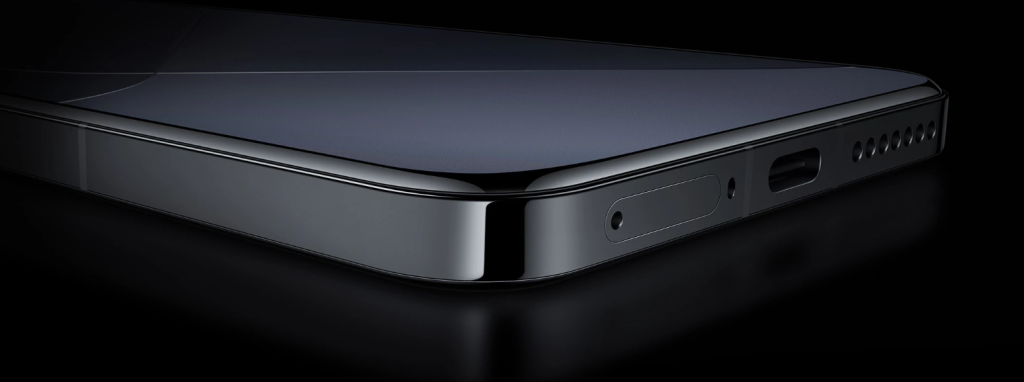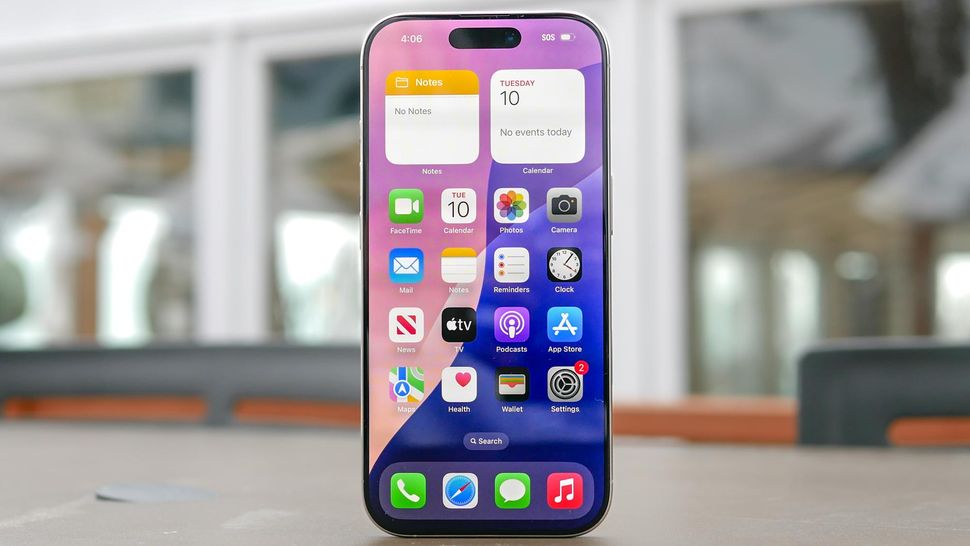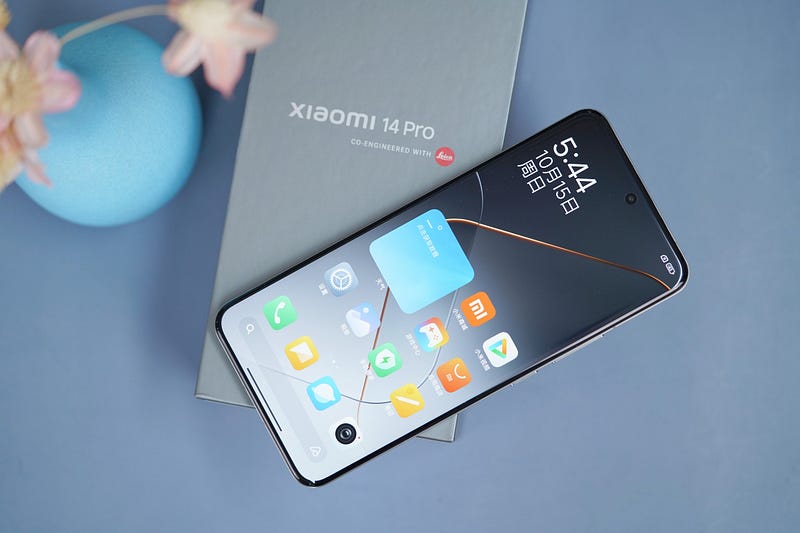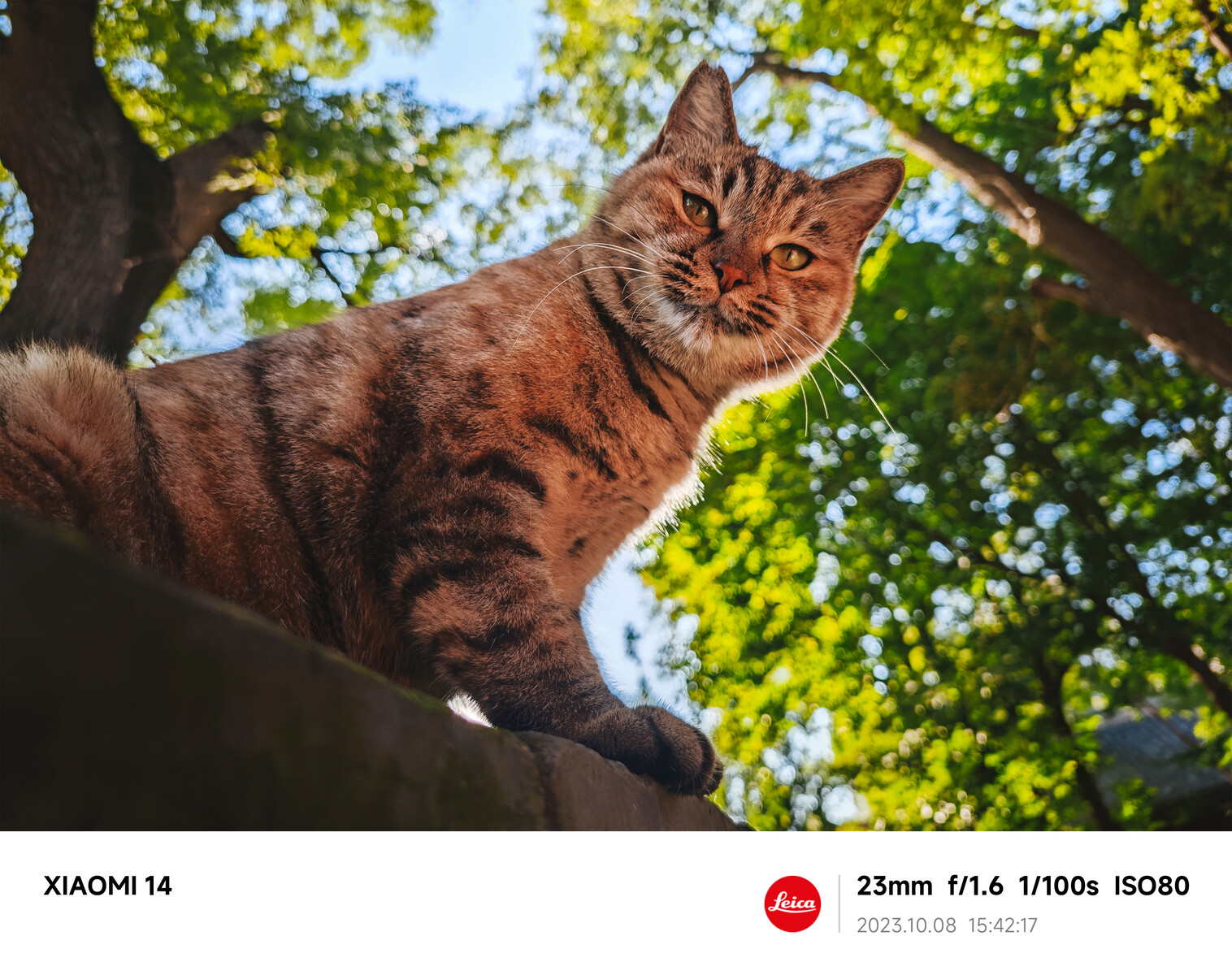Choosing between flagship smartphones often comes down to subtle differences in features, performance, and design that significantly influence the user experience.
In this comparison, we’ll explore two of the latest high-end smartphones: Apple’s iPhone 16 Pro and Xiaomi’s 14 Pro. We’ll break down their design, display, media, software, performance, battery, and cameras, and see which phone provides a better overall experience.

>>>>BP4R Battery for Xiaomi 14 Pro
SPECS OVERVIEW
| Category | iPhone 16 Pro | Xiaomi 14 Pro | Best Specs |
| Design | – Glass front and back (Corning-made glass)- Titanium frame- IP68 water/dust resistance (6m) | – Glass front and back- Aluminum / titanium frame- IP68 water/dust resistance (1.5m) | iPhone 16 Pro |
| Display | – 6.3-inch LTPO Super Retina XDR OLED- 120Hz, HDR10, Dolby Vision- 2000 nits (HBM) | – 6.73-inch LTPO AMOLED- 120Hz, Dolby Vision, HDR10+- 3000 nits (peak) | Xiaomi 14 Pro(larger, brighter screen) |
| Performance | – Apple A18 Pro (3nm)- Hexa-core CPU (2×4.04 GHz + 4×2.X GHz) | – Snapdragon 8 Gen 3 (4nm)- Octa-core CPU (1×3.3 GHz Cortex-X4 & 3×3.2 GHz) | iPhone 16 Pro(superior chipset) |
| Battery | – 3582 mAh- 25W wireless charging (MagSafe)- 15W wireless (Qi2)- 4.5W reverse wired | – 4880 mAh- 120W wired, 100% in 18 min- 50W wireless, 100% in 40 min- 10W reverse wireless | Xiaomi 14 Pro(larger battery, faster charging) |
| Camera (Main) | – Triple:48 MP (wide)12 MP (periscope telephoto, 5x optical zoom)48 MP (ultrawide)TOF 3D LiDAR scanner | – Triple:50 MP (wide)50 MP (telephoto, 3.2x optical zoom)50 MP (ultrawide)Leica lens | iPhone 16 Pro(better telephoto zoom) |
| Camera (Selfie) | – 12 MP (wide) with SL 3D depth sensor | – 32 MP (wide) | Xiaomi 14 Pro(higher resolution) |
| Charging Speed | – 25W MagSafe, 15W wireless, 4.5W reverse wired | – 120W wired, 50W wireless, 10W reverse wireless | Xiaomi 14 Pro(faster charging) |
>>>>>BP51 Battery for Xiaomi 14 Ultra
Design
Features:

The iPhone 16 Pro features a premium build with a glass front and back protected by Corning-made glass, encased in a Grade 5 titanium frame. It’s also IP68-rated for water and dust resistance, allowing it to survive submersion in up to 6 meters of water for 30 minutes. The device is available in multiple SIM configurations, including a dual eSIM setup in the U.S. and a dual Nano-SIM model in China.

On the other hand, the Xiaomi 14 Pro offers a similarly premium design with a glass front and back, surrounded by either an aluminum or titanium frame. It also holds an IP68 rating, though it’s only water-resistant up to 1.5 meters for 30 minutes, making it slightly less durable in extreme conditions compared to the iPhone.
Similarities:
Both phones feature premium materials like glass and titanium, ensuring a sturdy yet elegant build. They are IP68-rated, meaning both devices offer solid protection against water and dust. Neither phone includes a 3.5mm headphone jack, a feature that has become rare in modern flagship phones.
Differences:
The most significant difference lies in the water-resistance depth, with the iPhone 16 Pro able to survive greater submersion. Additionally, the iPhone uses Apple’s proprietary Ceramic Shield glass, which is known for its durability. Meanwhile, Xiaomi employs its custom Longjing Glass, which may offer similar protection but lacks the same brand recognition.
Advantages:
The iPhone 16 Pro has a clear advantage in terms of water resistance and the use of Corning-made glass for its build. Xiaomi’s 14 Pro, with its more affordable titanium variant, offers flexibility in materials, which might appeal to different user preferences.
Which is Better?
For those who prioritize durability, the iPhone 16 Pro takes the lead with its stronger water resistance and more established protective glass. However, Xiaomi’s flexible design options might be appealing to those who want choices in their premium experience.
>>>>BP4Q Battery for Xiaomi 14
Display, Media, and Software
Features:

The iPhone 16 Pro comes with a 6.3-inch LTPO Super Retina XDR OLED display. It supports HDR10, Dolby Vision, and a 120Hz refresh rate, with brightness levels reaching 2000 nits for outdoor visibility. The screen is protected by the new Ceramic Shield Glass (2024 gen) and offers an always-on display feature. Apple’s iOS 18 powers the phone, offering a refined, secure, and exclusive software ecosystem.

The Xiaomi 14 Pro features a larger 6.73-inch LTPO AMOLED display, also supporting Dolby Vision, HDR10+, and a 120Hz refresh rate. Xiaomi edges out Apple in brightness, with peak levels reaching an impressive 3000 nits. The display is protected by Xiaomi’s Longjing Glass. The phone runs on Android 14 with Xiaomi’s new HyperOS, blending customization with performance and offering users an open-source software experience.
Similarities:
Both devices deliver top-tier AMOLED displays with 120Hz refresh rates, Dolby Vision, and high brightness levels. They also come with always-on displays and support a wide color gamut for enhanced media consumption.
Differences:
Xiaomi’s 14 Pro has a slightly larger display, higher resolution (1440 x 3200 pixels compared to the iPhone’s 1206 x 2622 pixels), and a significantly brighter screen with a peak brightness of 3000 nits. The iPhone’s display, while smaller, provides a more compact and refined viewing experience. In terms of software, the difference lies in the ecosystems: Apple’s iOS 18 offers more security and optimization, while Xiaomi’s HyperOS provides more freedom in customization.
Advantages:
For media consumption and outdoor visibility, the Xiaomi 14 Pro holds a slight edge due to its larger, brighter display. However, if software smoothness, security, and app optimization are priorities, the iPhone 16 Pro remains the better option with its seamless iOS experience.
Which is Better?
For media lovers and those who value a bright, immersive display, the Xiaomi 14 Pro wins this round. However, for users deeply invested in Apple’s ecosystem and who prefer a more optimized software experience, the iPhone 16 Pro may be the better choice.
Performance and Battery
Features:

The iPhone 16 Pro is powered by the Apple A18 Pro chip (3 nm), with a Hexa-core CPU and Apple’s custom 6-core GPU. Paired with 8GB of RAM, it ensures top-tier performance for gaming, multitasking, and demanding applications. The battery capacity stands at 3582 mAh, with wired PD2.0 fast charging and up to 25W wireless MagSafe charging.

The Xiaomi 14 Pro utilizes the Qualcomm Snapdragon 8 Gen 3 (4 nm), featuring an octa-core CPU and Adreno 750 GPU. It is available with up to 16GB of RAM, making it a powerhouse for multitasking and gaming. Its 4880 mAh battery supports ultra-fast 120W wired charging, which promises a full charge in just 18 minutes, and 50W wireless charging.
Similarities:
Both devices offer cutting-edge processors, ensuring smooth performance in daily tasks and high-demand scenarios. Neither phone supports expandable storage, although they offer substantial internal storage options.
Differences:
The Xiaomi 14 Pro comes with a significantly larger battery and much faster charging capabilities. The 120W wired charging speed is one of the fastest in the industry, while the iPhone 16 Pro, though offering solid charging options, lags behind in terms of raw charging speed and battery size.
Advantages:
If you’re seeking a phone with outstanding battery life and the ability to quickly recharge, the Xiaomi 14 Pro is the better option. However, Apple’s A18 Pro chip remains one of the most efficient and powerful processors on the market, which could mean better long-term performance for iPhone users.
Which is Better?
For sheer power and battery management, the Xiaomi 14 Pro stands out. However, the iPhone 16 Pro may still appeal to those who value efficiency and the long-term reliability of Apple’s chips.
Cameras
Features:

Photo is from:iPhone 16 Pro
The iPhone 16 Pro is equipped with a triple-camera setup, featuring a 48 MP main wide sensor, a 12 MP periscope telephoto with 5x optical zoom, and a 48 MP ultrawide lens. It also has a TOF 3D LiDAR scanner for depth sensing. Video capabilities are exceptional, with 4K recording at up to 120fps, Dolby Vision, and 3D spatial video.

TheXiaomi 14 Proalso boasts a triple-camera system, including a 50 MP wide-angle lens with variable aperture, a 50 MP telephoto lens with 3.2x optical zoom, and a 50 MP ultrawide sensor. It features Leica optics and advanced video recording options, including 8K at 24fps, 4K at up to 60fps, and gyro-EIS.
Similarities:
Both phones offer triple-camera systems with wide, telephoto, and ultrawide lenses. They also support advanced video recording technologies like Dolby Vision and high frame rates.
Differences:
TheiPhone 16 Profeatures a more advanced LiDAR sensor for depth and spatial video recording, while Xiaomi’s14 Prooffers a unique variable aperture on the main lens for greater control over exposure. Xiaomi also supports 8K video recording, which Apple currently lacks.
Advantages:
For photography, theXiaomi 14 Prooffers more control with its variable aperture and advanced Leica optics, while theiPhone 16 Proexcels in depth sensing and video recording, particularly with its 3D spatial video feature.
Which is Better?If photography is your priority, theXiaomi 14 Prooffers more flexibility and customization. For videographers and those invested in Apple’s ecosystem, theiPhone 16 Prois a better fit.
Which is the Better Buy?
Both the iPhone 16 Pro and Xiaomi 14 Pro are exceptional flagship devices that cater to different audiences. The Xiaomi 14 Pro shines in terms of display quality, battery life, charging speeds, and flexibility in photography. Its aggressive pricing compared to the iPhone makes it a strong contender for users seeking value without sacrificing premium features.
The iPhone 16 Pro, however, offers unmatched software optimization, stronger water resistance, and long-term performance, making it a better choice for users already integrated into the Apple ecosystem. Its camera features, particularly for video and depth sensing, are also more advanced.
Our Opinion: If you’re an Android enthusiast who doesn’t want to break the bank and need good battery and charging speed, then Xiaomi 14 Pro is the best option. However, if you’re invested in Apple’s ecosystem and value software reliability, then go for the iPhone 16 Pro.